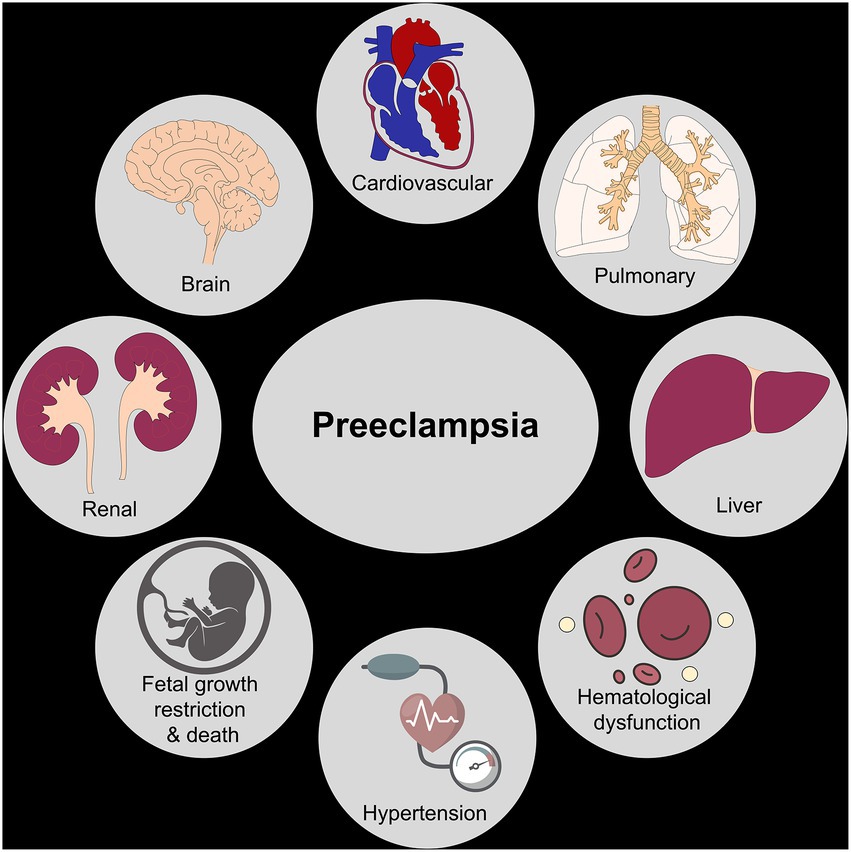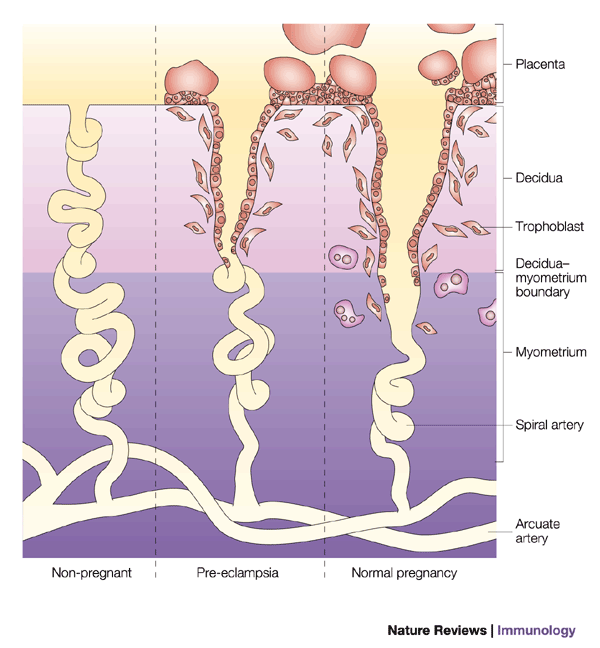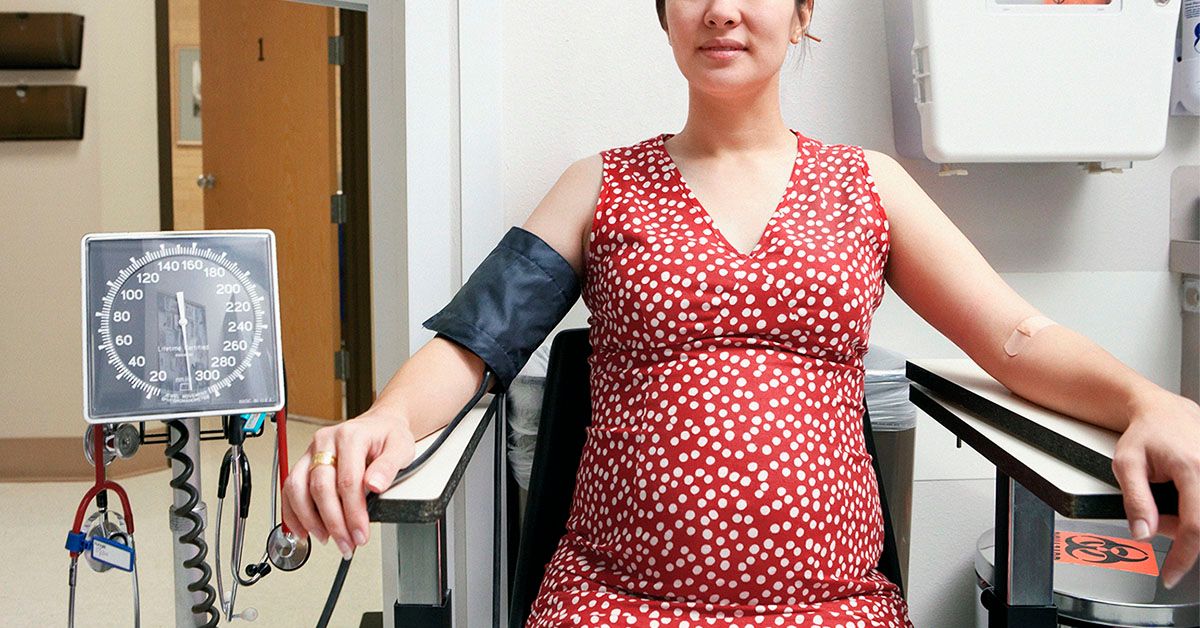:strip_icc():format(webp)/article/AdSaPo-X4d7l8XYLYMmHN/original/041197600_1525500507-Bahaya-Hipertensi-Gestasional-saat-Hamil-By-didesign021-shutterstock.jpg)
Preeclampsia is a pregnancy complication characterized by high blood pressure and often accompanied by significant amounts of protein in the urine. This condition can lead to serious complications for both mother and baby if left untreated. In this article, we will delve into the signs, causes, risk factors, complications, diagnosis, and treatment options for preeclampsia, providing expectant mothers with the knowledge they need to ensure a healthy pregnancy.
Signs and Symptoms of Preeclampsia
The signs and symptoms of preeclampsia can be subtle and may develop gradually. Some common indicators include:
High blood pressure (hypertension)
Protein in the urine (proteinuria)
Severe headaches
Vision changes, such as blurred vision or sensitivity to light
Nausea and vomiting
Abdominal pain
Sudden weight gain and swelling (edema)
It is essential for pregnant women to attend regular prenatal check-ups to monitor their blood pressure and urine protein levels. If you experience any of these symptoms, it is crucial to seek medical attention immediately.
Causes and Risk Factors of Preeclampsia
While the exact cause of preeclampsia is still unknown, several risk factors can increase the likelihood of developing this condition. These include:
First pregnancy
Age over 35
Multiple pregnancy (twins, triplets, etc.)
Pre-existing medical conditions, such as high blood pressure, diabetes, or kidney disease
Family history of preeclampsia
Obesity
Women with a history of preeclampsia in a previous pregnancy are also at a higher risk of developing the condition again.
Complications of Preeclampsia
If left untreated, preeclampsia can lead to severe complications for both mother and baby. These include:
Premature birth
Low birth weight
Placental abruption (separation of the placenta from the uterus)
Fetal growth restriction
Eclampsia (seizures during pregnancy)
Stroke and other cardiovascular problems
It is crucial to seek medical attention immediately if you experience any symptoms of preeclampsia to prevent these complications.
Diagnosis and Treatment of Preeclampsia
Preeclampsia is typically diagnosed through a combination of physical examinations, blood tests, and urine tests. Treatment options depend on the severity of the condition and may include:
Bed rest
Medication to lower blood pressure
Corticosteroids to promote fetal lung maturity
Hospitalization for close monitoring
Induction of labor or cesarean delivery if the condition is severe
In severe cases, preeclampsia may require immediate delivery, even if the baby is premature.
Preeclampsia is a serious pregnancy complication that requires prompt medical attention. By understanding the signs, causes, risk factors, complications, diagnosis, and treatment options, expectant mothers can take proactive steps to ensure a healthy pregnancy. Regular prenatal check-ups, a healthy lifestyle, and a balanced diet can help reduce the risk of preeclampsia. If you have any concerns or experience any symptoms, do not hesitate to seek medical attention. With proper care and attention, it is possible to manage preeclampsia and ensure a healthy outcome for both mother and baby.
Remember, knowledge is power, and being informed about preeclampsia can make all the difference in having a healthy and happy pregnancy. Stay informed, stay healthy, and prioritize your well-being and the well-being of your baby.
:strip_icc():format(webp)/article/AdSaPo-X4d7l8XYLYMmHN/original/041197600_1525500507-Bahaya-Hipertensi-Gestasional-saat-Hamil-By-didesign021-shutterstock.jpg)

:strip_icc():format(webp)/article/AdSaPo-X4d7l8XYLYMmHN/original/041197600_1525500507-Bahaya-Hipertensi-Gestasional-saat-Hamil-By-didesign021-shutterstock.jpg)

:strip_icc():format(webp)/article/AdSaPo-X4d7l8XYLYMmHN/original/041197600_1525500507-Bahaya-Hipertensi-Gestasional-saat-Hamil-By-didesign021-shutterstock.jpg)




